6 Things You Learn Buying Holsters By The Ton
Tom McHale 09.20.19
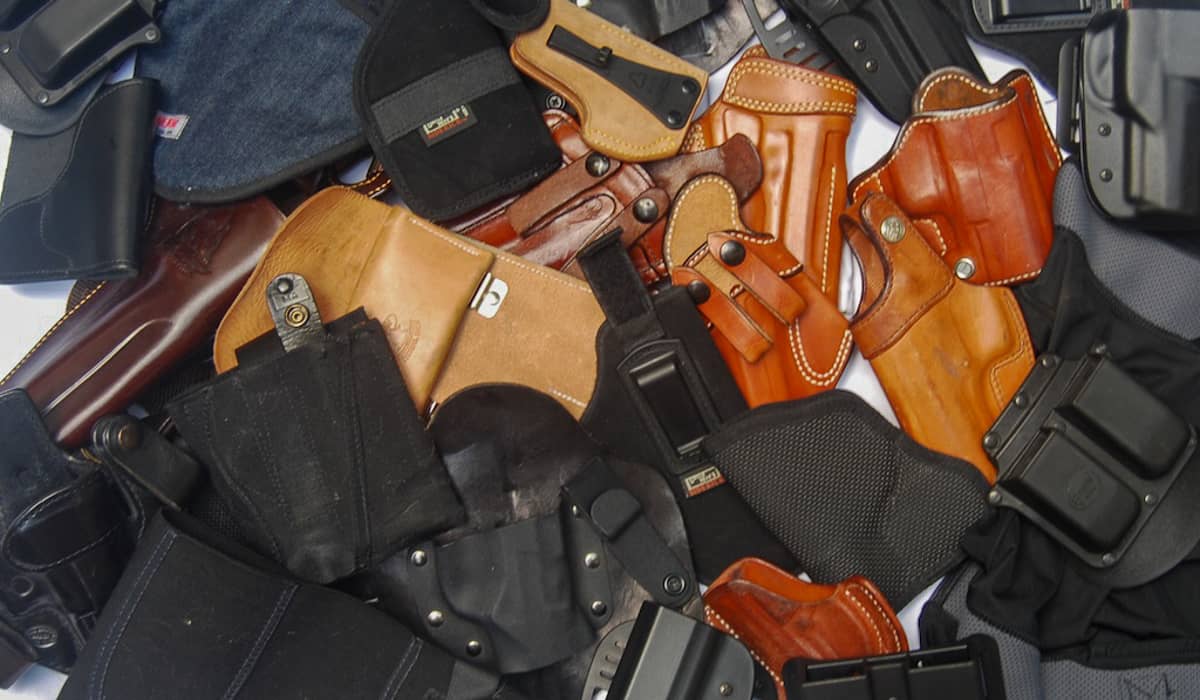
The other day I gathered up all the holsters I’ve bought over the years. I didn’t fully appreciate the size of the pile until I later heard reports of an unexplained gravitational field emanating from my subdivision. Enough of that; it’s time for some spring cleaning. Who among us has time for men in black suits with Jet Propulsion Laboratories business cards showing up unannounced? At least Erik Verlinde would be proud.
Anyway, having burned through a few hundred billion holsters over the years, I’ve learned a few things about holster features, maintenance tips, and separating the marketing fluff from real-life performance.
Clip screws unscrew
If you have a holster that uses screws to attach clips to the holster body, then you’ll want to monitor those screws carefully. Every time you put on a belt holster, the clips move. They also take pressure, and move, as you go about your daily business. All this tension and shifting results in loose screws. You don’t want to notice this when your gun is hanging halfway off your belt.
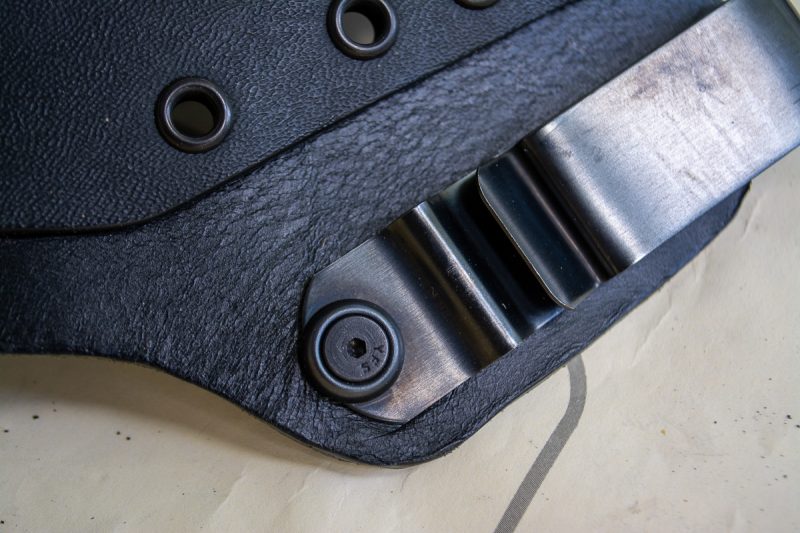
I like to use a drop of blue Loctite thread locker to help keep those screws from turning on their own accord. The blue version can be “released” easily with a little effort but does a fine job of keeping screws in place during normal use. Red Loctite is stronger, but harder to remove when you want to make an adjustment down the road.
The folks at Alien Gear have come up with a nifty solution to the problem with their newer models like the Cloak Tuck 3.5. Instead of using screws to attach the belt clips to the holster body, they use a rotating latch mechanism. The clips can rotate freely but remain fastened. Since the belt clip screws are the ones most likely to loosen, it’s a big deal.
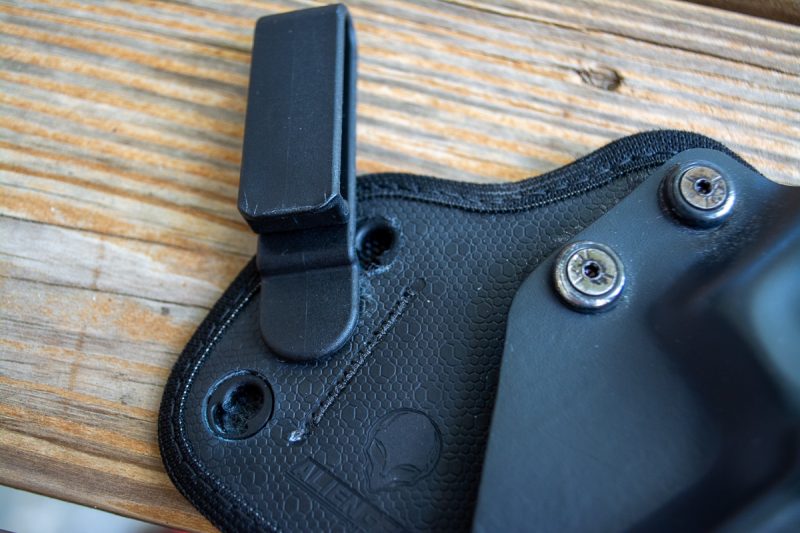
Retention screws are also a good candidate for a little blue Loctite. When you get the retention setting perfect, put a drop on the threads to keep the pressure consistent. Just keep in mind that you may need to adjust over time as the holster material loosens with use. Leather holsters are more susceptible to the “stretching” effect.
Leather is sticky when you live in a sauna
If you appreciate a fine leather holster (as I do) be sure to exercise it in miserable conditions. I live in the swamps of North America, otherwise known as the Lowcountry of South Carolina. That means it’s not only hot, but I’m pretty sure humidity averages 312%. When practicing draws with your holster in your nice air-conditioned residence, a good holster will work great. It’ll keep your gun in place while still allowing a smooth draw.
Now try that same practice routine outdoors after you’ve been in the heat for a few hours. You might find that your draw movement acts more like a pre-school tug-of-war contest with similarly comical results. A “damp” leather holster won’t prevent you from drawing your handgun, but it can muck up the motion. With seemingly random sticky and smooth spots, your draw might look more like the Disney animatronic Hall of Presidents rendition.
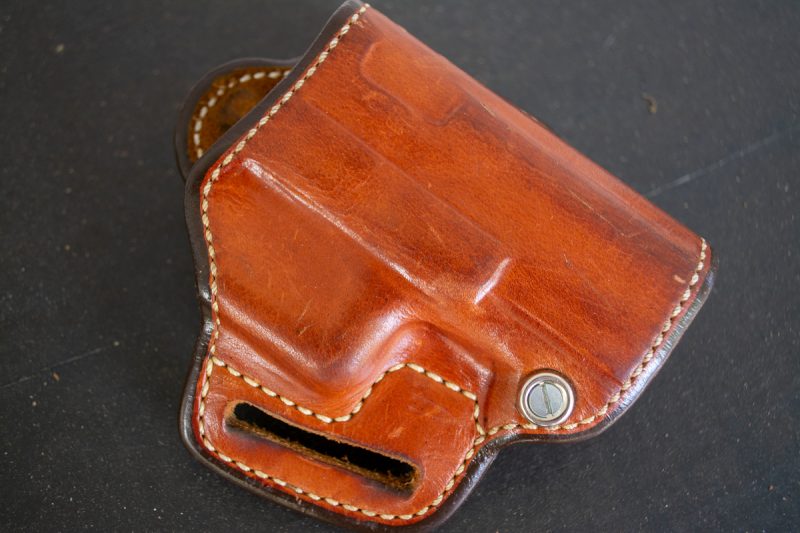
This isn’t a hard and fast observation. Some holsters are better or worse than others. And certainly weather conditions add infinity variables too. Just be sure to try yours in sweaty and soggy conditions so you know what to expect.
I’ve switched to Kydex-shell holsters during the summer months for this reason. Oh, and if you carry spare magazines, be sure to check those too. With more surface area contact, leather magazine carriers can be problematic in the summer.
Paddles pull out
You know what’s embarrassing? Drawing from your paddle holster and watching the entire rig come out—gun and holster. Sometimes just the vigorous nature of a high-speed draw is enough to extract the entire paddle holster from your pants. In other cases, movement throughout your daily travels causes the belt hooks to move around to the point where they no longer anchor much of anything. Whatever the cause, it’s a rare paddle holster indeed that will stay in your pants over the long haul. If yours hasn’t performed a surprise extraction yet, your time is coming.
To avoid this, you can bite the bullet and accepts the loss of convenience of a paddle and shift to close belt loop mounts. If you’re loathe to do that, there is a paddle holster that’s never failed me—the Safariland 57X GLS. Its paddle is huge and you could catch a Great White with the lower belt hook. It’s, let’s say, aggressive. Once you get it on, the tension and generous under-the-belt-hook will keep it in place. It can even be frustrating to remove at the end of the day. In this case, that’s a good thing.
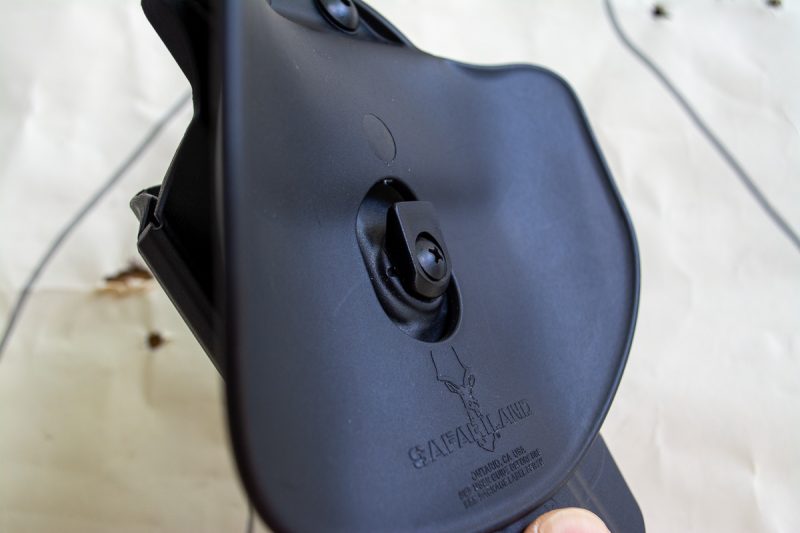
As with anything else, this is one of those things you want to test under worst-case conditions. Doing a few practice draws at home at the range, you’re unlikely to have a problem with any paddle holster. After wearing one for an extended time and doing vigorous draws, you’re more likely to expose a problem with the paddle coming out.
1 in 100 “perfect” carry solution gimmicks succeed over the long haul
I have a confession. For years I got stuck in the concealed carry gimmick funhouse. Every other month, someone somewhere would concoct a new concealed carry method, holster, or device that promised perfect comfort, safety, security, and effectiveness. You’d think inventors had packaged anti-gravity holsters to listen to the ads and promises.
“No one will ever know you’re carrying!”
“You won’t even know you’re carrying!”
“You can buy pants three sizes too small when you use our holster!”
“Carry your Desert Eagle .50 with this radical innovation!”
And so on… I have to confess that I have a small drawer full of this kind of crap. Hey, don’t judge, we’re all susceptible to clever marketing sometimes. Anyway, there are, and will be, new inventions that make your carry life safer or more comfortable, just be skeptical. Most importantly, test, test, and test some more before betting your life on them.
Retention matters
Whether you choose to use a holster with passive or active retention, it’s important to know how well your gun will remain in place until you desire its extraction. One reason I’ve tossed all those soft and felt inside-the-waistband (IWB) holsters is that they have zero retention. Sure, when you’re standing straight up or sitting, your gun will stay put just fine. Now try running, fighting, or falling down. Your handgun may or may not choose to join you in those more vigorous activities.

Even a passive retention holster, one that only relies on friction or tightly molded shape to keep your handgun inside, should hold your handgun tight while not relying solely on belt pressure. For example, if you stick an unloaded handgun into your holster and turn it upside down, what happens? How about if you give it a shake or two? If your handgun falls out that may serve as a premonition of what might happen during a worst-case scenario. Now imagine how those tests work out with the extra weight of a full-loaded handgun.
One-handed re-holstering isn’t necessarily a deal breaker
While we’re talking about those $19.95 felt holsters, one of the biggest cracks against them is that you can’t re-holster one-handed. While I still hate those holsters, that’s not the primary reason they’ve been banned from my rotation.
People make a big deal of eschewing any holster that doesn’t allow you to re-holster with one hand. In holster feature language, that means any model that doesn’t have some type of rigid or reinforced mouth. It might also refer to a holster type that’s more buried in your clothing like an undershirt or belly band.
For training or range classes, I agree. You don’t want to be drawing and trying to re-holster with a system like that. For everyday carry, I think one-handed re-holstering is just one of many pro and con features to consider. The lack of one-handed holstering certainly doesn’t ban a holster from consideration. The argument is that if and when police arrive, you’ll need to re-holster quickly and safely to stow your firearm and you may not have two hands available to do that. This is true, but re-holstering isn’t the only way to solve the problem. If a different carry method is right for you for other reasons, you always have the option of just setting your handgun on the floor and stepping on it.
There’s a common denominator here. To know what’s going to succeed and fail over the long haul, you have to test vigorously—over the long haul. Testing for reliability requires lots of repetitions in lots of conditions.

